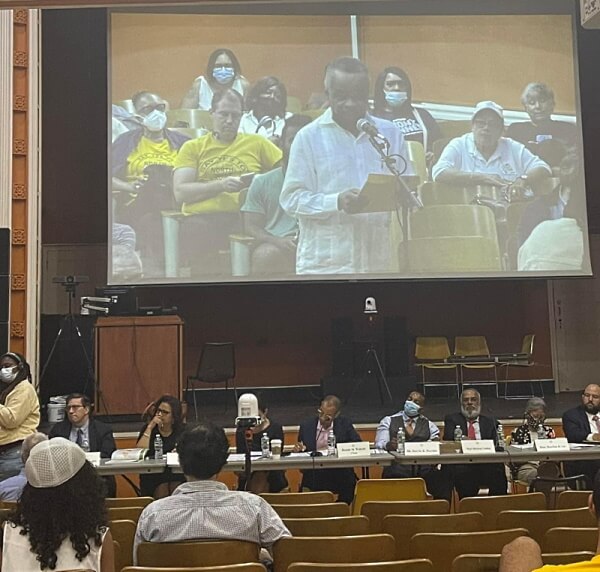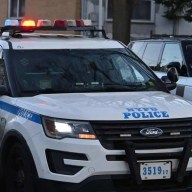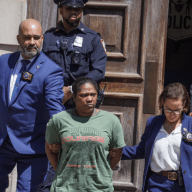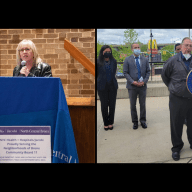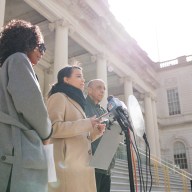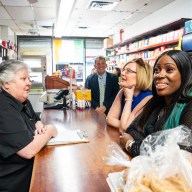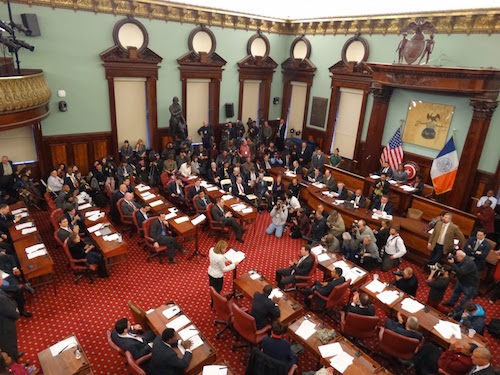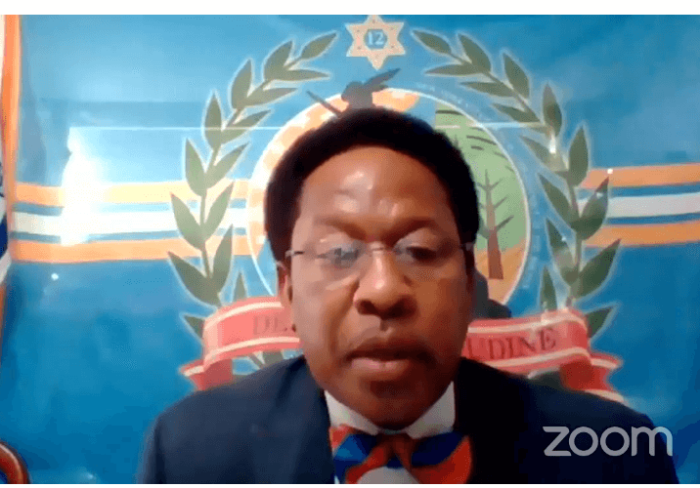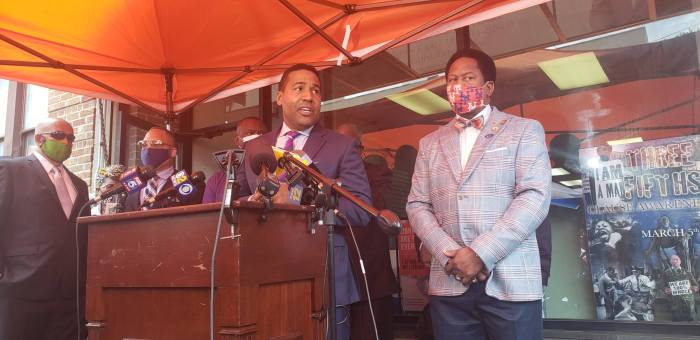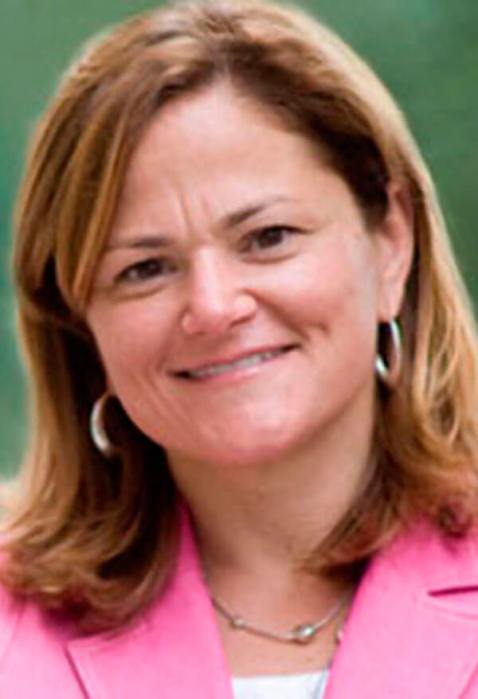The Garifuna community — an Afro-indigenous population emanating from the Caribbean island of St. Vincent that was exiled to the Honduran and Guatemalan coasts — is a 100,000-plus stronghold in Bronx corridors such as Crotona Park and the South Bronx, making the borough the biggest Garifuna hub in the world.
However, despite immigration to NYC dating back as early as the 1930s, the community didn’t receive much recognition until tragedy struck when roughly 30 of the 87 of the people who perished in the March 1990 fire at the Happy Land Social Club were identified as Garifuna.
When José Francisco Avila founded The Board of Garifuna Coalition USA, Inc. in 1998, it paved the way for the proclamation of March as Garifuna Heritage Month in 2010, inclusion of its history in the city’s educational curriculum in 2016, and an ongoing effort for the Garifuna to be recognized in U.S. Census counts.
By 2030, the centennial of Garifuna establishment in NYC, the community hopes to reach a major benchmark for any community: political representation. But that will depend on how fairly the Garifuna community is represented in the City Council’s latest redistricting efforts.
Currently, there are no members of the Garifuna community holding local political office in New York state, causing a dearth of representation and advocacy, members of the community tell the Bronx Times.
“We realize that we may not have much influence right now from the way the districts are being mapped,” said Avila, who testified at a Bronx NYC Districting Commission Public Hearing at Lehman College on Wednesday. “But what we want to do is to make sure that we are on record testifying about our community, identifying the communities of interest, and expressing our desire for Garifuna representation in council districts in the future.”
Avila said this year’s City Council redistricting process is the first in which the Garifuna community has sought to define and advocate on its behalf, its geographic reach and well as its political and social ambitions in local politics.
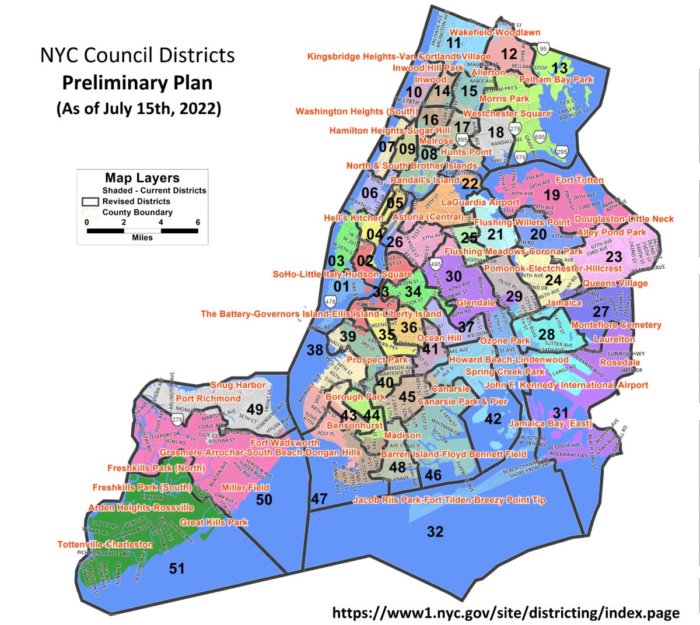
The boundaries of the Bronx Garifuna community lie along Tremont Avenue to the north, 135th Street to the south, Webster Avenue to the east and Bruckner Boulevard to the west. The preliminary City Council redistricting plan would divide the Garifuna community even further into four districts (8, 15, 16 and 17).
Avila proposed that the Garifuna community be consolidated within districts 8 (the South Bronx) and 17 (Crotona Park East), which are represented by councilmembers Diana Ayala and Rafael Salamanca, respectively.
Under the current plan, the Garifuna bloc would be too divided and limited to critical resources, Avila said, thus deepening the socioeconomic and political inequalities.
Members of the Garifuna community tell the Times that colorism and misinterpretations of their ethnicity often play a major part in their political invisibility, routinely being divided between Black and Latino powerbrokers and politicians.
“I’ve been doing this for 34 years now and to be blunt, there is a political, academic and industrial complex fragmenting the Garifuna community for their own gain,” said Avila. “The partitioning of the community usually results in reduced public investment and services, and ultimately being ignored.”
Holding on to Garifuna culture and identity have been a modern struggle for the community. While oral history of the Garifuna was kept alive through their ancestors’ native language for centuries, the native tongue has become increasingly endangered. Since 2001, the Garifuna language has been listed on the UNESCO Atlas of Endangered Languages.
In order to be recognized as Garifuna in the 2020 census, members of the community wrote “Garifuna” or “Honduran” on the form under origin Hispanic, and then checked the box for Black or African American, telling the Bronx Times.
The Bronx Garifuna are not a monolith, despite many feeling like they’ve been forced into a box, and without representation, they may not see progress. Avila’s testimony at the redistricting hearing could go a long way to the Garifuna community finally getting a “piece of the pie.”
More importantly, the Bronx Garifuna community hope to thrive as its own voting and power bloc in future decades, as many of NYC’s immigrant communities have done since their own diaspora and immigrations to New York City.
“I think people can see our surnames and presumably lump us in a category of Hispanic and Latino, and then lump is in with all those communities,” said Jay Martinez, second-generation Garifuna who lives in East Crotona. “It can erase our Blackness, it can erase our desire to not be a monolith of either group, and to want to thrive as a Garifuna in a borough we’ve called home.”
This article was updated at 1:03 p.m. on Aug. 19.
Reach Robbie Sequeira at rsequeira@schnepsmedia.com or (718) 260-4599. For more coverage, follow us on Twitter @bronxtimes and Facebook @bronxtimes.

